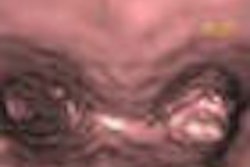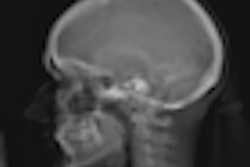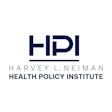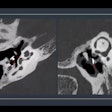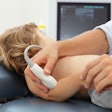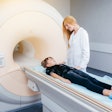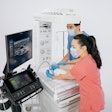Dear Pediatric Imaging Insider,
Did you know that the Image Gently pediatric radiation dose awareness campaign had a birthday last month? As part of a new series on this milestone, we interviewed some of the leaders of the Alliance for Radiation Safety in Pediatric Imaging, as well as CT vendor representatives, who are working together to implement CT modality equipment changes.
The first of these articles, and your Insider Exclusive, is an overview of the Image Gently campaign, one year later. Click here to be impressed. I certainly was. And as a heads up, watch out for an article being published tomorrow, February 3, in conjunction with the alliance's rollout of an expanded Image Gently campaign aimed at parents and pediatricians. You'll want to read this and get your own copies of the new brochures for patients.
In an unrelated article about the need to practice radiation dose reduction, a major new study by the Institute for Energy and Environmental Research claims that U.S. radiation exposure guidelines used by the U.S. Environmental Protection Agency, the Department of Energy, and the Nuclear Regulatory Commission do not adequately protect women and children. Find out why this Washington beltway think tank wants to abolish the "reference man."
We'd like to highlight several interesting international studies about pediatric CT exams you'll find in the Pediatric Imaging Digital Community. Contributing writer Caitanya Min explains why Tunisian researchers prefer to use 64-slice CT instead of invasive contrast aortography for pediatric patients with thoracic aortic coarction. Read how Turkish researchers may be able to avoid conventional bronchoscopy and anesthesia to determine if children have ingested foreign objects by a virtual bronchoscopy instead. Finally, South Korean researchers found that adding coronal reformatted images to axial images in MDCT exams can improve the diagnosis of appendicitis in children.




